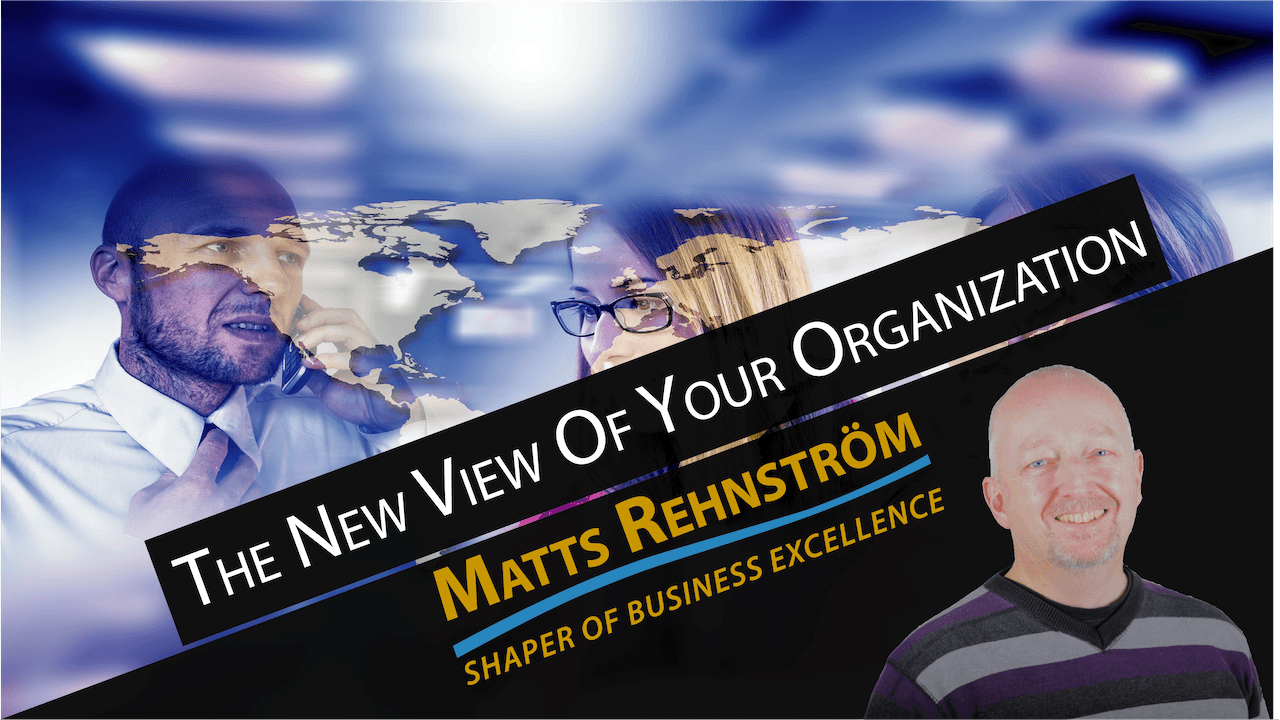Matts Rehnstrom here, Shaper of Business Excellence. In this video, I’m going to talk about what paving cow paths has to do with improvement work. In Sweden, we have a saying: that you’re paving your cow paths and I will explain what that is just in a minute.
Issues with Siloed Improvement Work
But first, I want to talk about how I often work with businesses where all of the improvement work is done in different departments. Each department has their own initiatives for improvement. Some departments don’t care at all, but some do and they want to improve their business.
The problem is that they see “their business” as only their department, their silo. But as we know, processes flow from one end to another and it passes a lot of different silos along the way.
So if you’re then working with improvement within one silo, without looking out and seeing what’s happening in the other silos, the end to end process, you will be improving things that might not be need to be done at all.
And to put down a lot of effort and money to improve things that in the end is totally useless. That is the ultimate waste.
Working with Blinders On
We put down so much brain power to improve something that is totally not useful. So that’s where the Swedish expression of paving your cow paths comes in. When the cows come from the field and are going back to the farm they follow a path.
When you are only looking at part of the path instead of the whole path you might say, “Oh, we paved this. Isn’t that improvement?”
Yes, it’s improvement. Maybe not for the cows because they might like to walk on dirt instead, but anyway, we have improved part of the path so it becomes a road.
But that road winds through the landscape instead of looking for the shortest way because we’re only paving what the cows have been using for a long time. So what do we need do?
Have ONE Improvement Initiative
First of all, you need to have one improvement initiative within your organization. And you need to have one improvement model within your organization.
Once you have that initiative, make sure that you don’t make this mistake of having like the big bang. Don’t wait for the perfect model, the perfect improvement initiative because it’s good that people within these different silos are working with improvement. That is a good thing. Notice that and say: “Congratulations, you’re doing fine. You’re working with improvements, but now let us work together because together we will accomplish so much more than if each of you are focusing on your own department.”
What you need to do within the improvement initiative is to make everyone work together and see the holistic view of your organization.
Work Together with the Holistic View
Also make sure that everyone sees the end to end processes that you’re working with. Each of those processes are most certainly much larger than your organization.
So you need to understand the end to end in the organization and work with that in mind because if you do, everyone will see that their silo is just one little part of the whole flow. By having that holistic view of the model you receive so much more engagement, so much more confidence for all who works with improvements within their organization.
They will understand that they’re not alone. They are one part many out there that want the same thing: A better improved business for your customers, clients and for yourself as well.
If you’d like to have more free material about how you can work with one model and one initiative in your organization, click here to download a special report that I’ve done describing models and initiatives within improvement work. Good luck and let’s go and shape our businesses to excellence.

